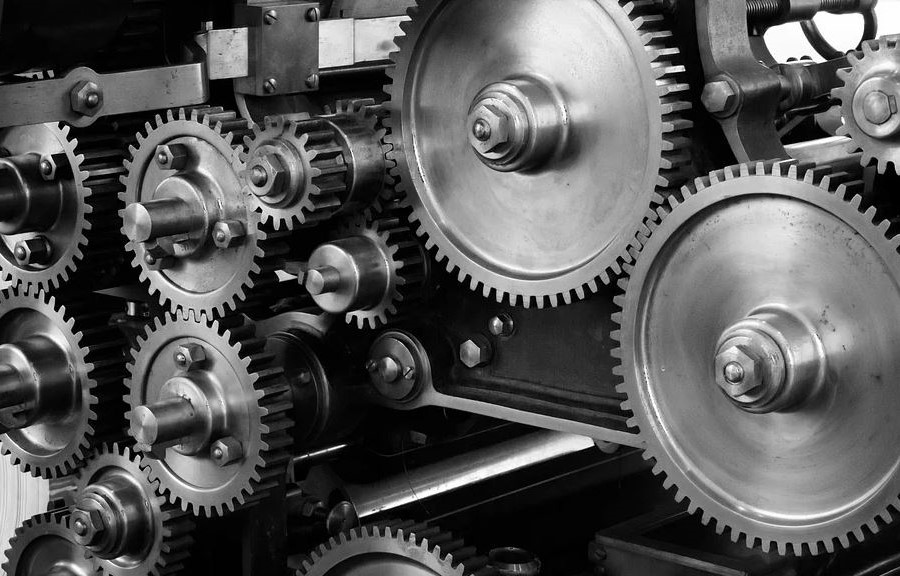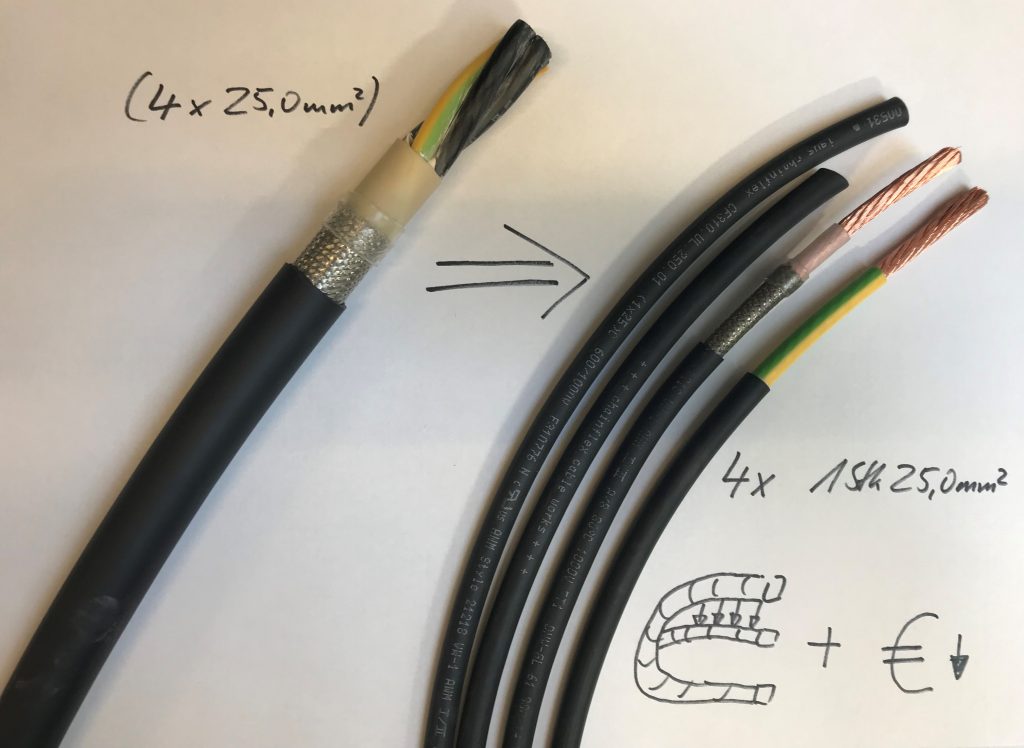Electromobility: effects on the machine tool industry
Lukas Czaja | 17. April 2020
The automotive industry is the largest customer for machine tools. Due to the change from the combustion engine to the electric motor, the automotive sector is facing serious changes that are causing noticeable uncertainty among suppliers. The fear of losing jobs also plays a major role in this. What effects does electric mobility have on the machine tool industry? And can the two electric motor and combustion engine technologies coexist?
Investments fell dramatically in 2019
In 2019, the investment volume in new motor vehicle production lines already decreased significantly. But the reticence in the automotive sector can be explained. After all, investments must be made at the right time and to the ideal extent.And that is exactly what is proving difficult. Because the structural change from combustion to electricity is not an easy process. Production lines must be adapted to the new requirements of electric mobility. Without neglecting the still important combustion engine. For many end customers, the entry-level price for an e-car currently still seems too high. Moreover, the infrastructure for battery recharging is weak. It lacks attractiveness. The situation was aggravated in 2019 by global political tensions. First and foremost is the trade war between the great powers USA and China. The sales market for machine tools collapsed. Very important: machine tool manufacturers must work with foresight to avoid being completely replaced. This is because some machine tool manufacturers specialise exclusively in the power train for combustion engines.
Difference between combustion engine and electric motor

A car with a combustion engine has thousands of parts in the power train, an electric car only hundreds: we are talking about a factor of 10. Other parts lose complexity. For example, the gearbox is significantly simplified. Usually only one transmission exists. This eliminates the need for complex gears. The effects are accordingly serious: electric vehicles have about 60% less metal removal volume compared to the combustion engine.
Has the combustion engine become history?
The good news is that internal combustion engines will also continue to be developed further, for example in terms of efficiency and lightweight construction. This offers value adding potential for machine tools.
The production of passenger cars with combustion engines (including hybrids) is expected to peak in 2025. However, according to various studies, the switch from the combustion engine to the electric motor will be slower than many expect. For example, in 2040, even with a quick change, 80% of the production volume of internal combustion engines is still forecast to be the same as in 2025. Only in 2024 will both technologies – internal combustion engine and electric motor – be equally attractive for end consumers. Interesting: even hybrid vehicles have a 25% higher metal removal volume than combustion engines
How sustainable are electric vehicles?
Critical voices say: throughout the entire value chain, the electric vehicle does not appear to be more sustainable than a combustion engine. Instead, there is a shift in the CO2 load. This is primarily due to the energy-intensive extraction of lithium, manganese and cobalt. In addition, two million litres of water are needed for one ton of lithium. Furthermore, the electricity in the e-car is largely generated by fossil fuels and the disposal of the battery cells is also difficult. The potential for recycling and cobalt-free alternatives gives hope here.
Conclusion: the combustion engine remains relevant
To sum up, we can conclude:
- Electric vehicles have about 60% less metal removal volume compared to the combustion engine. The value creation potential for machine tool manufacturers is decreasing.
- Internal combustion engines will remain relevant at least until 2040. Forecasts that go beyond this are subject to too much uncertainty.
- The optimisation of internal combustion engines with regard to efficiency and lightweight construction continues.
Forecasts, analyses and expert opinions sometimes diverge widely. The future will also depend heavily on what political means are employed to make e-cars more attractive. The machine tool industry must prepare for electric mobility in good time. There are pioneers in this field, such as the GROB company from Mindelheim, which have been intensively dealing with the topic of electric mobility for years and already offers tangible solutions.
As an expert in energy supply systems, we expect compact space conditions for electromobility and the use of laser fibres for welding systems. igus already has the right solutions for this.
You want to guide a corrugated tube parallel to the energy chain:

You want to save installation space and increase the service life through targeted cable selection:

More exciting blogs from igus machine tool experts:
